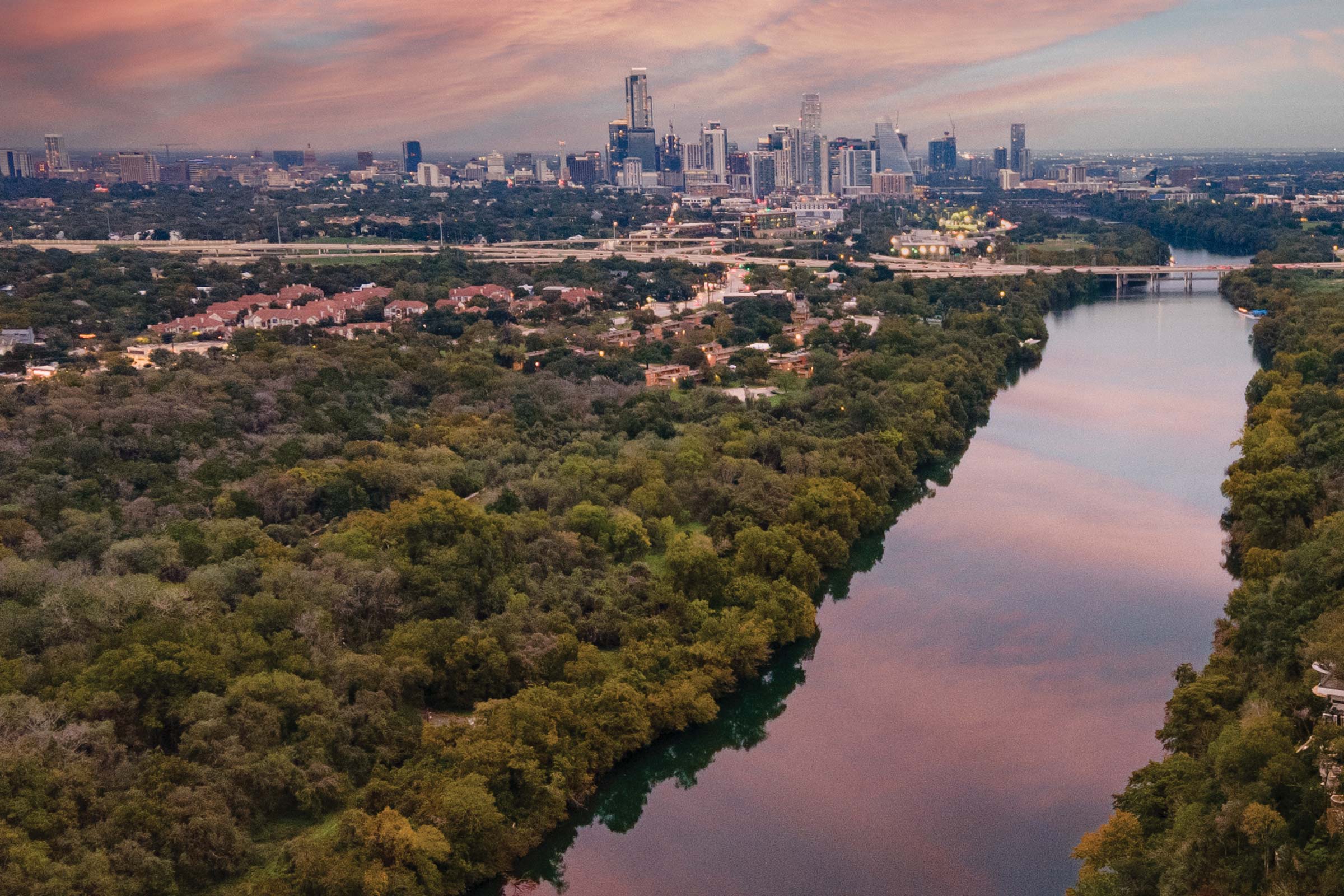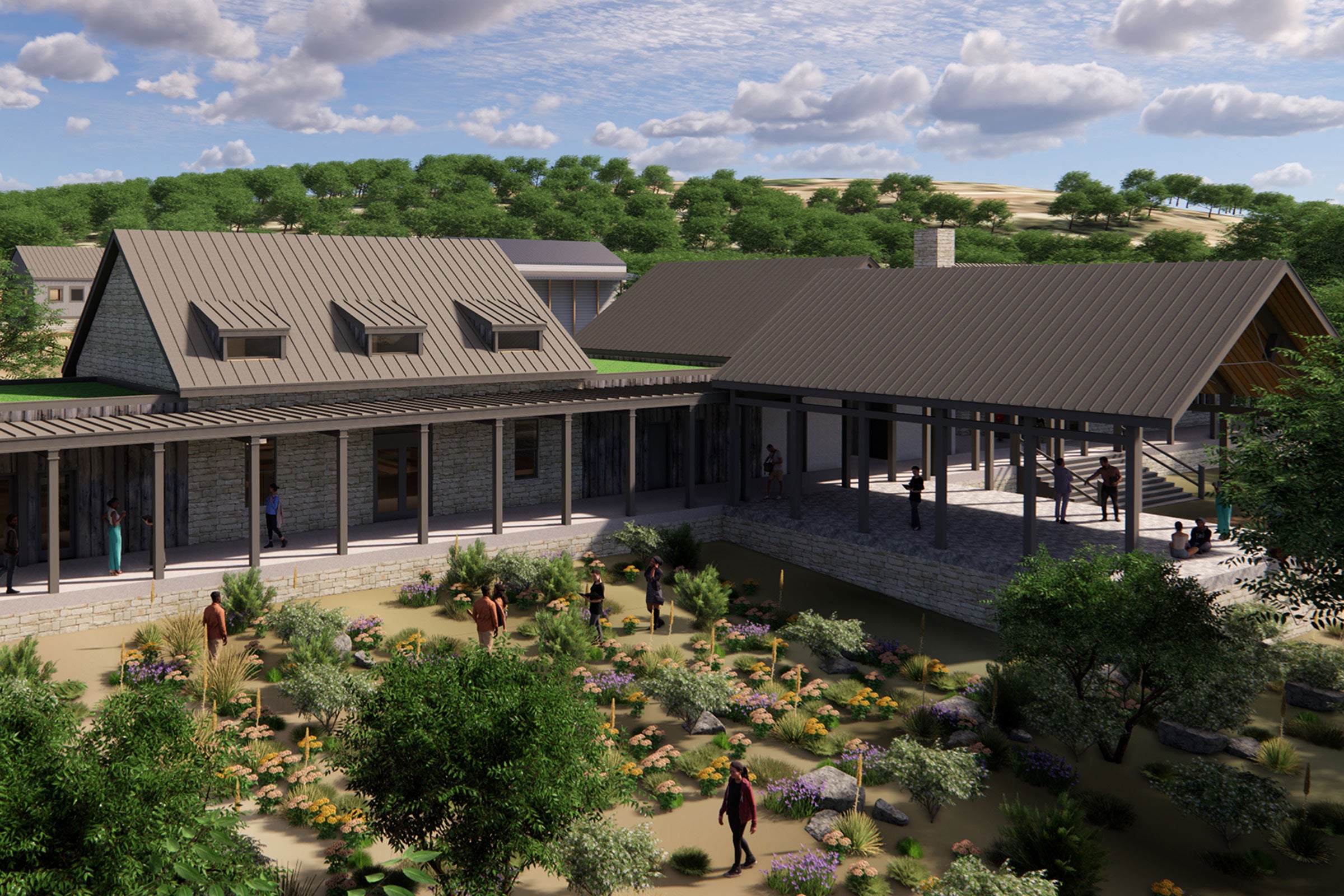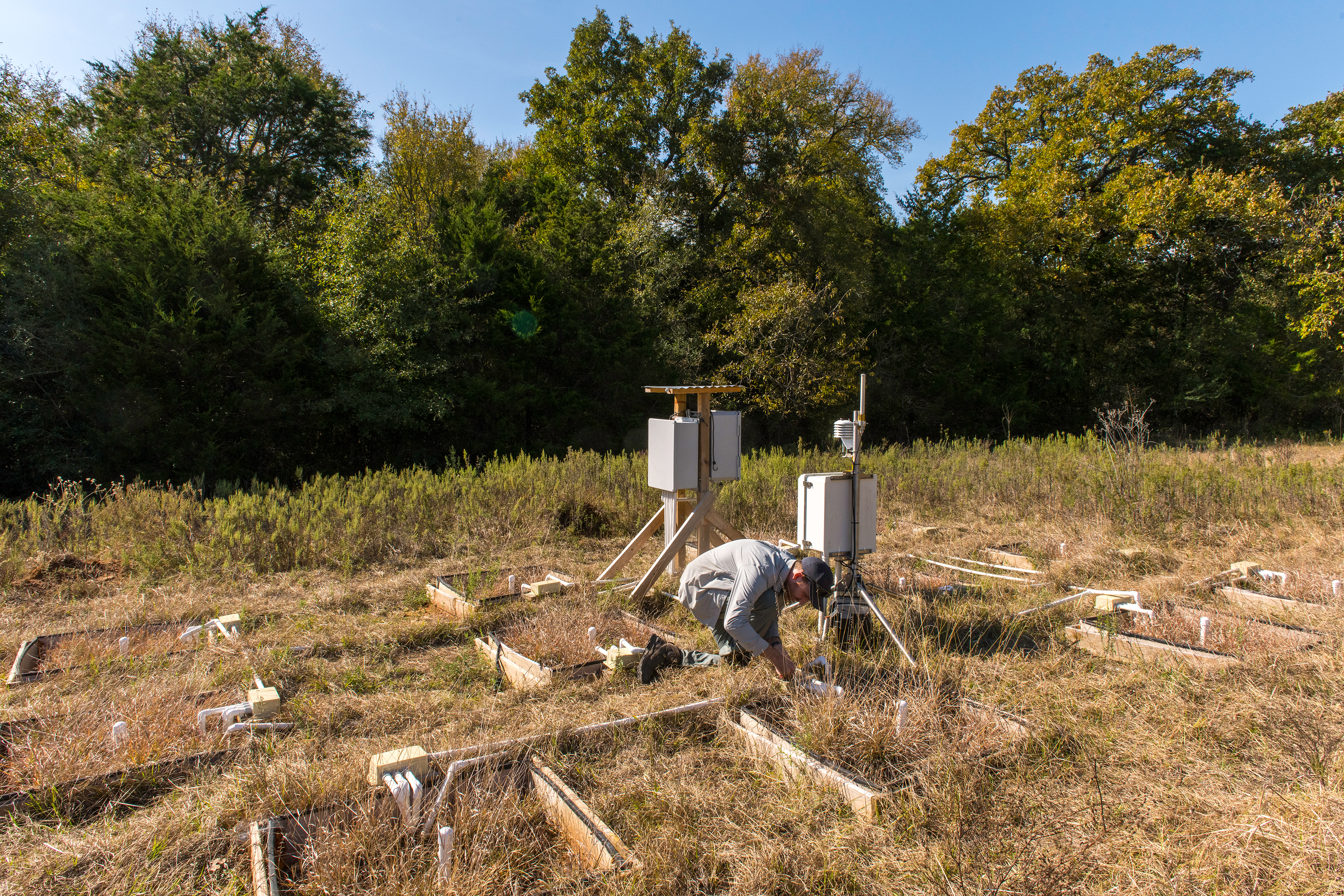
Field Stations
Six current field station sites and one planned site offer distinct living laboratories. Each provides a unique view into an ecosystem representative of the Lone Star State and its resilience, from the Hill Country to coastal regions to piney woods to West Texas mountains.

Brackenridge Field Laboratory
Adjacent to the Colorado River and located in an urban environment that formerly housed a quarry, this 82-acre area includes prairies, pecan bottoms and juniper woods.

Hill Country Field Station
With a donation from Winn Family Foundation, the university is preparing to construct and operate a field station in the Hill Country for research and public outreach.

Lady Bird Johnson Wildflower Center
The 284-acre Wildflower Center features natural, undeveloped landscapes reflecting the Edwards Plateau and Texas Blackland Prairie ecosystems.

Marine Science Institute
The Marine Science Institute is a prime location for research on the Texas Coast adjacent to the Gulf of Mexico and local bay systems.

McDonald Observatory
Located on 650 acres in the Davis Mountains of West Texas, The Observatory is available for the study of the land and the celestial universe.

Stengl Lost Pines Biological Station
Nearly 600 acres of woodlands and savanna are located 40 miles east of Austin in Bastrop County and available for research and educational programs.

White Family Outdoor Learning Center
This 266-acre living classroom in Hays County and the Texas Hill Country provides channels, floodplains and hill slopes that cover a range of steepness and soil occurrences.
